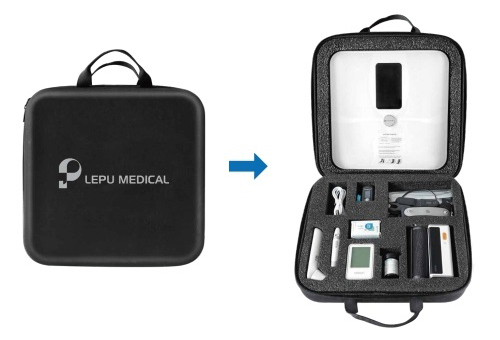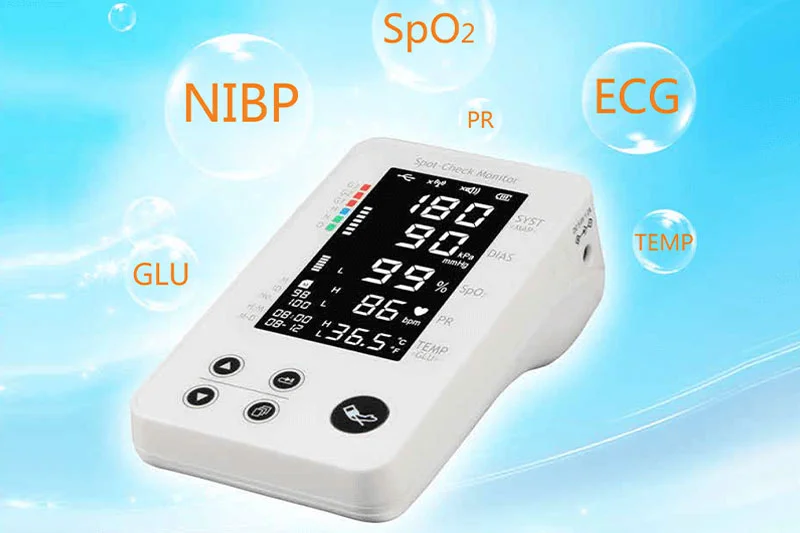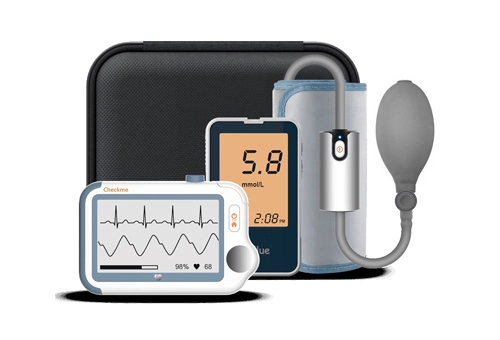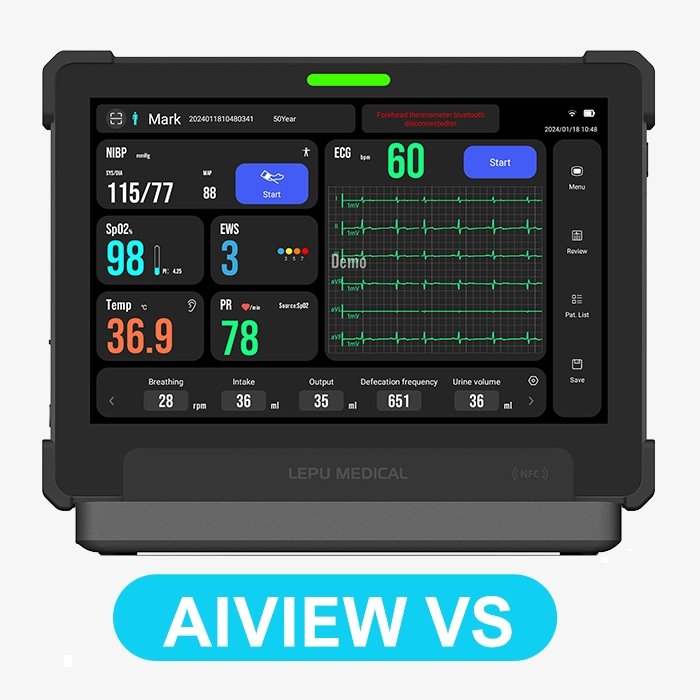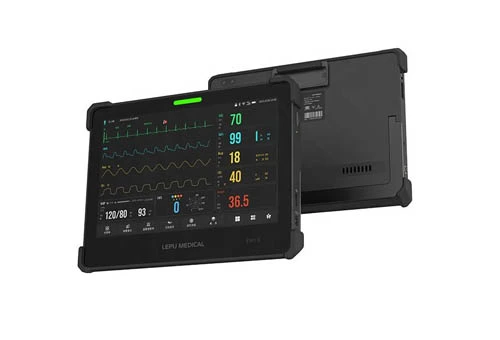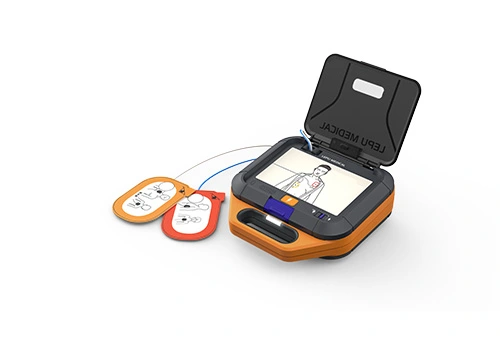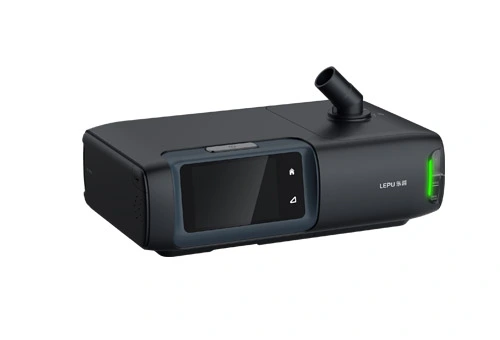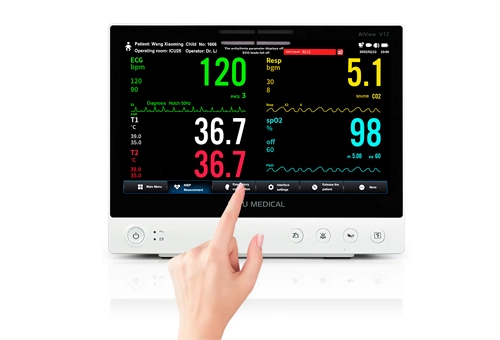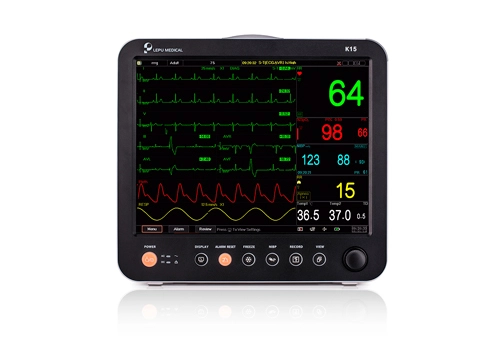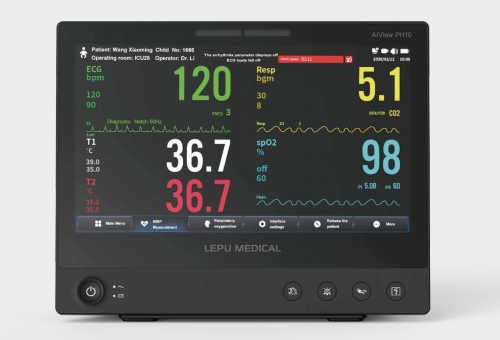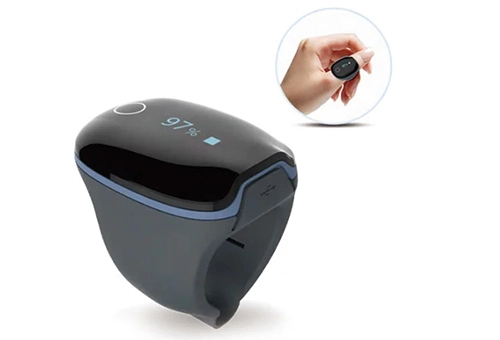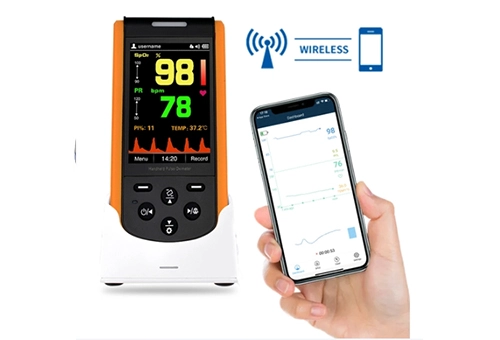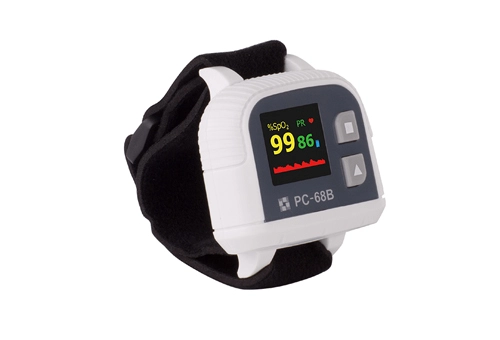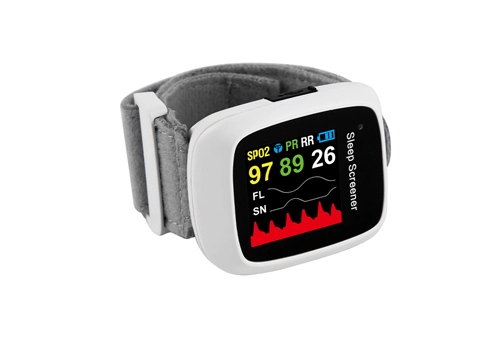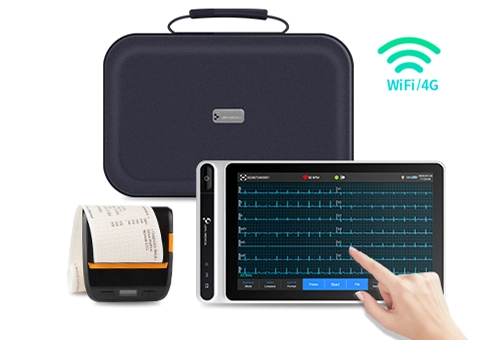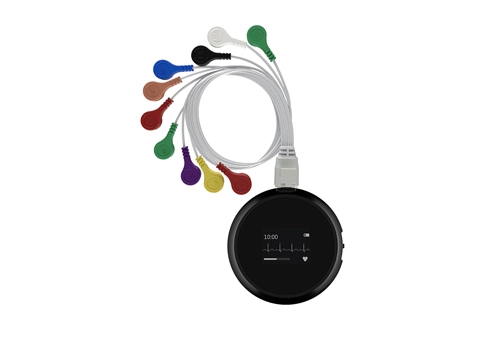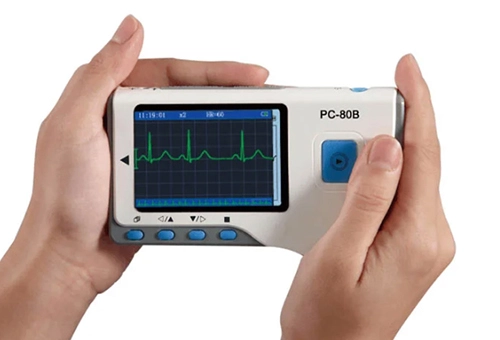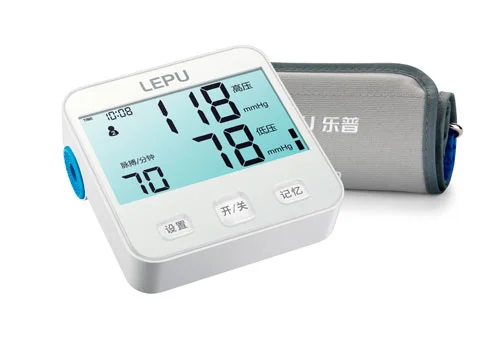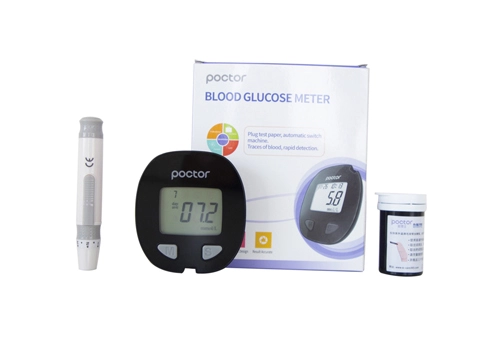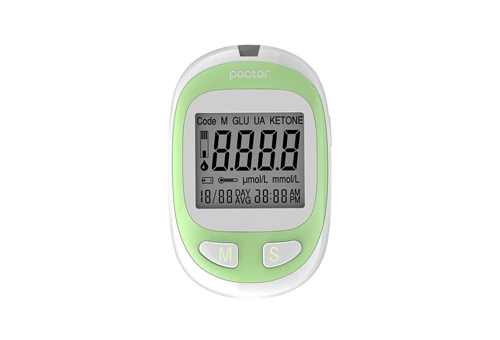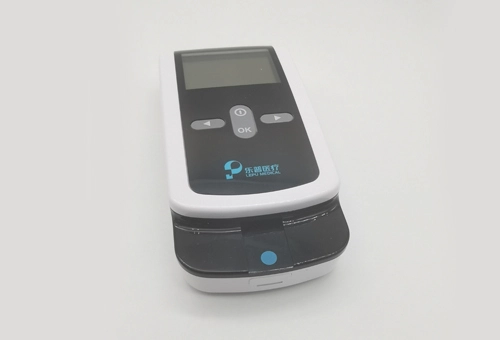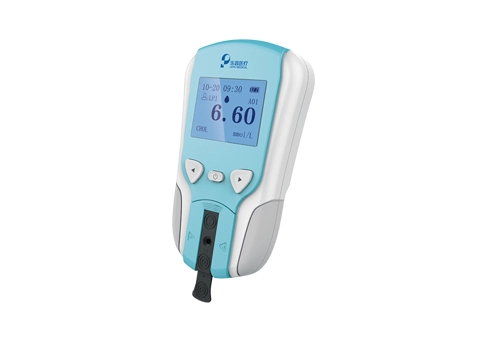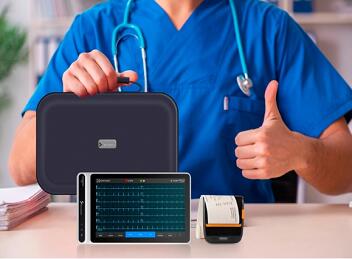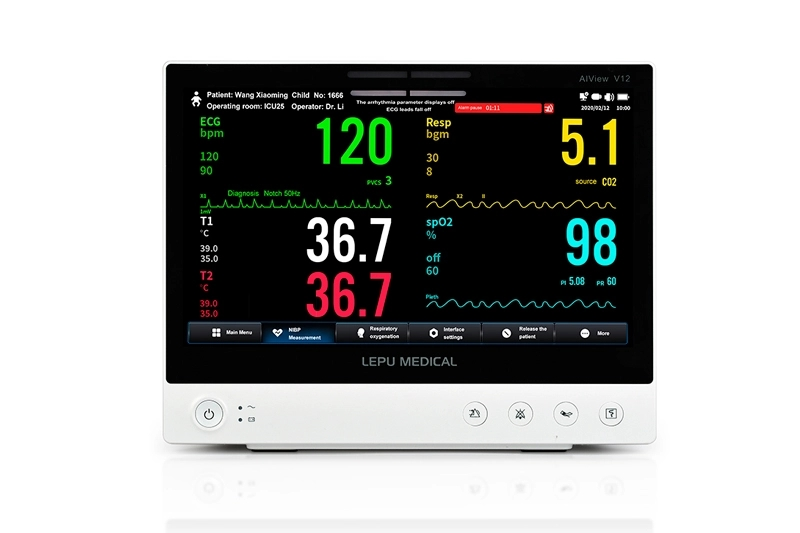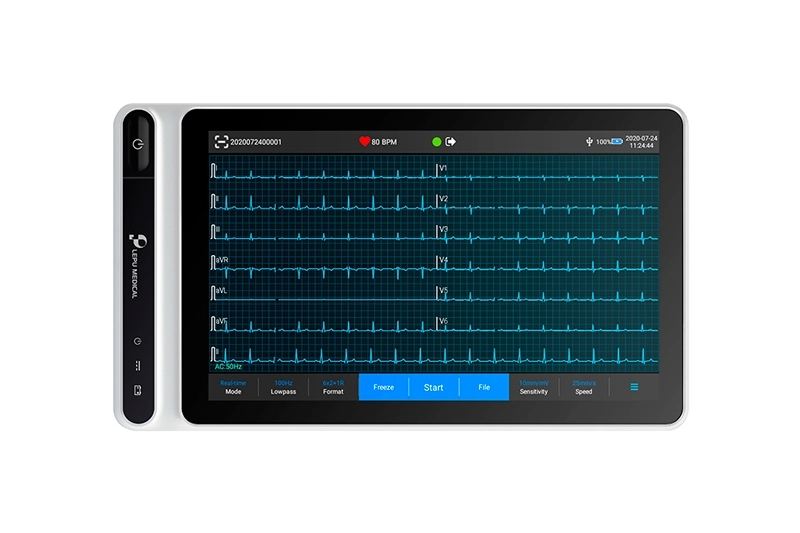Revolutionizing Patient Care: Portable ICU Monitors and Their Role in Modern Hospitals
In the fast-paced world of modern medicine, advancements in technology have played a crucial role in enhancing patient care and outcomes. One such groundbreaking innovation that has revolutionized patient care is the development of portable ICU monitors. These cutting-edge devices have reshaped the way critical care is delivered in hospitals, providing healthcare professionals with real-time data and insights to make informed decisions promptly. In this blog, we will explore the significance of portable ICU monitors and their vital role in modern hospitals.
The Evolution of ICU Monitoring
Traditionally, patients in critical care units were tethered to bulky monitoring systems, limiting their mobility and independence during recovery. However, with the advent of portable ICU monitors, patients now have the freedom to move within the hospital premises while still being closely monitored. These lightweight, wireless devices have transformed patient care by enabling continuous monitoring of vital signs and other critical parameters without confining patients to their beds.
Real-time Data and Early Detection
Portable ICU monitors offer a plethora of functionalities, measuring essential metrics such as heart rate, blood pressure, oxygen saturation, respiratory rate, and more. The ability to collect and transmit real-time data to healthcare providers is a game-changer in critical care settings. This instant access to patient data allows medical teams to detect early signs of deterioration or improvement, enabling timely interventions and personalized treatment plans.
Seamless Integration with Electronic Health Records
Interconnectivity in healthcare is vital to streamline workflows and optimize patient care. Portable ICU monitors are designed to seamlessly integrate with the hospital's electronic health record (EHR) system. This integration ensures that all patient data is automatically recorded and stored securely, eliminating the need for manual data entry and reducing the risk of errors. This interconnected approach fosters a more efficient healthcare system, facilitating seamless communication among healthcare providers and enhancing the continuity of care.
Enhanced Patient Experience
Hospital stays can be daunting for patients, especially those requiring intensive care. Portable ICU monitors have significantly improved the patient experience by offering mobility and comfort. Patients can now move around their rooms, engage in light physical activities, or even sit in a chair without being disconnected from essential monitoring. This increased mobility promotes faster recovery and helps reduce the risk of complications related to immobility. The emergence of telemedicine has further amplified the importance of portable ICU monitors. These monitors can transmit patient data securely to remote healthcare providers, enabling them to monitor patients from a distance and provide valuable insights for decision-making. In rural or underserved areas, portable ICU monitors have proved to be invaluable tools, bridging the gap between patients and specialized care.
The advent of portable ICU monitors marks a pivotal moment in modern healthcare. These compact and sophisticated devices have redefined patient care in hospitals, empowering healthcare professionals with real-time data, early detection capabilities, and enhanced patient mobility. As technology continues to advance, we can expect even more groundbreaking innovations in the field of critical care, driving us closer to a future where patient outcomes are further improved, and lives are saved through continuous advancements in medical technology.

